Ole Scheeren reveals design for Barclay Village in Vancouver
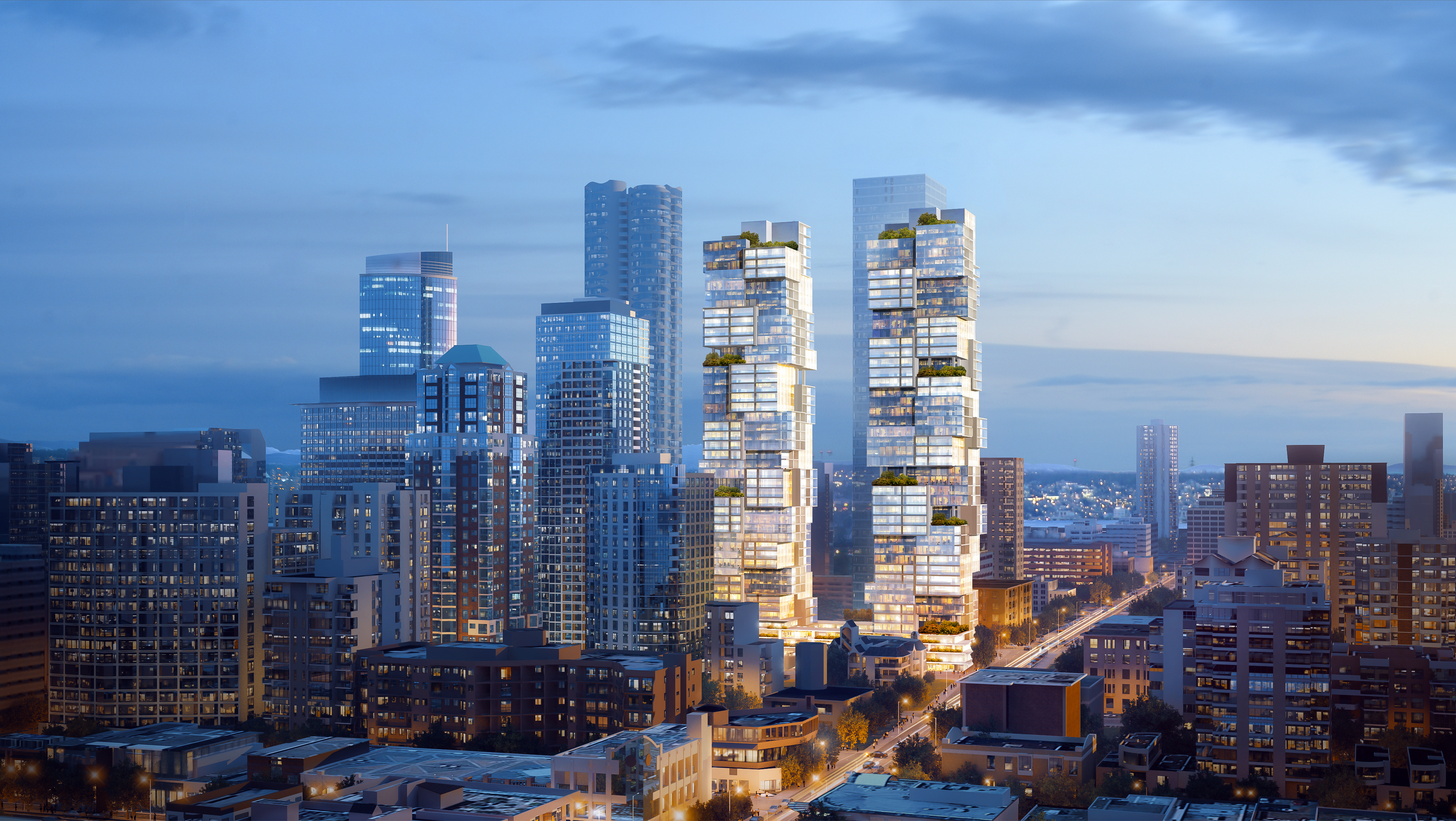
Büro Ole Scheeren has unveiled the design for a new pair of residential towers in Vancouver, the Barclay Village. The architect was challenged to bring a new scale to the low to mid-rise neighbourhoods of the two Robson and Davie Villages, while being sensitive to the historic urban fabric.
‘I wanted to replicate the scale and structure of the neighbourhood and conceived the building as an accumulation and vertical stacking of these cubic volumes, as if flipping the historic villages from the horizontal to the vertical,’ says Scheeren of the design.
‘What is also important about the project is that it merges a range of residencies, including so-called market housing and social housing. Rather than separating them into a high-end tower on the one hand and a low-end, second-class tower on the other, we are integrating the social housing component into the main building, so that all residents, regardless of their wealth, inhabit the same space and the same quality of space,’ he says.
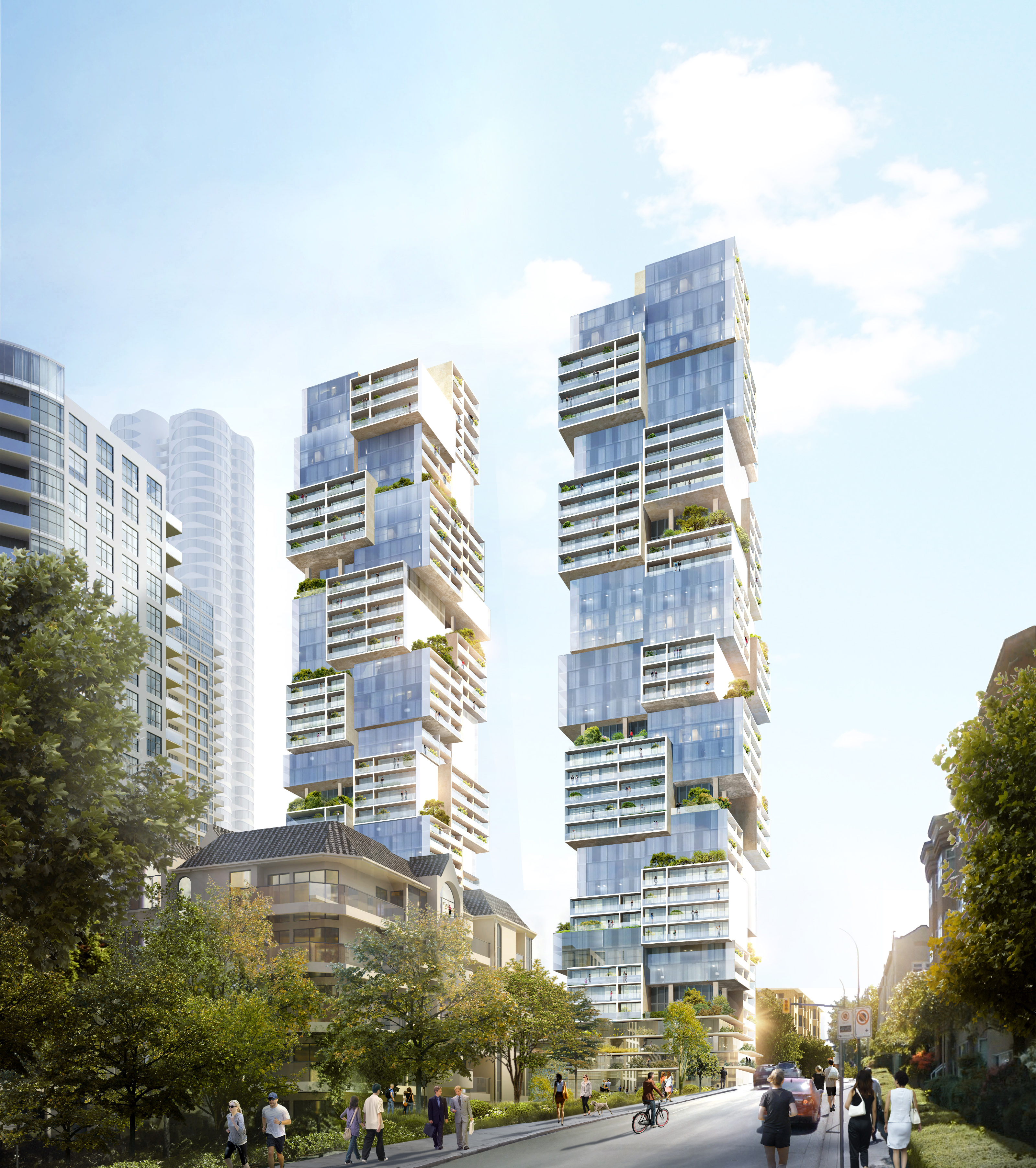
The two towers are each formed of stacked volumes that vary in size to open up receding platforms that serve apartments with balcony space.
The buildings are connected at the base by a multi-storey ‘bridge’ that forms the base of the building. This space includes internal courtyards, public amenities, communal spaces and gardens. Scheeren was inspired by the dense network of green spaces in the local area and wanted to create a soft boundary between Barclay Village and its neighbouring villages.
The Barclay Village is Büro Ole Scheeren’s second project in Vancouver following Fifteen Fifteen located in the centre of the city ‘With Fifteen Fifteen I wanted to counter the purely extruded verticality of the city, and create a building that was both vertical and horizontal, a building that expresses this very special point in the city, and that reaches out to connect to the surrounding city and nature,’ says Scheeren.
‘Barclay Village on the other hand is situated within a historic and popular neighborhood of the city, and it was important to acknowledge this context. It is less about creating a singular landmark, but a continuation and amplification of an existing neighborhood and a sensitive response to its local context.’
‘Like many cities today, Vancouver’s skyline is dominated by verticality and extrusions of generic towers that don’t necessarily engage with their environment and create isolation rather than connection. Albeit in different ways, both projects seek to create this connection with their urban and natural surroundings.’
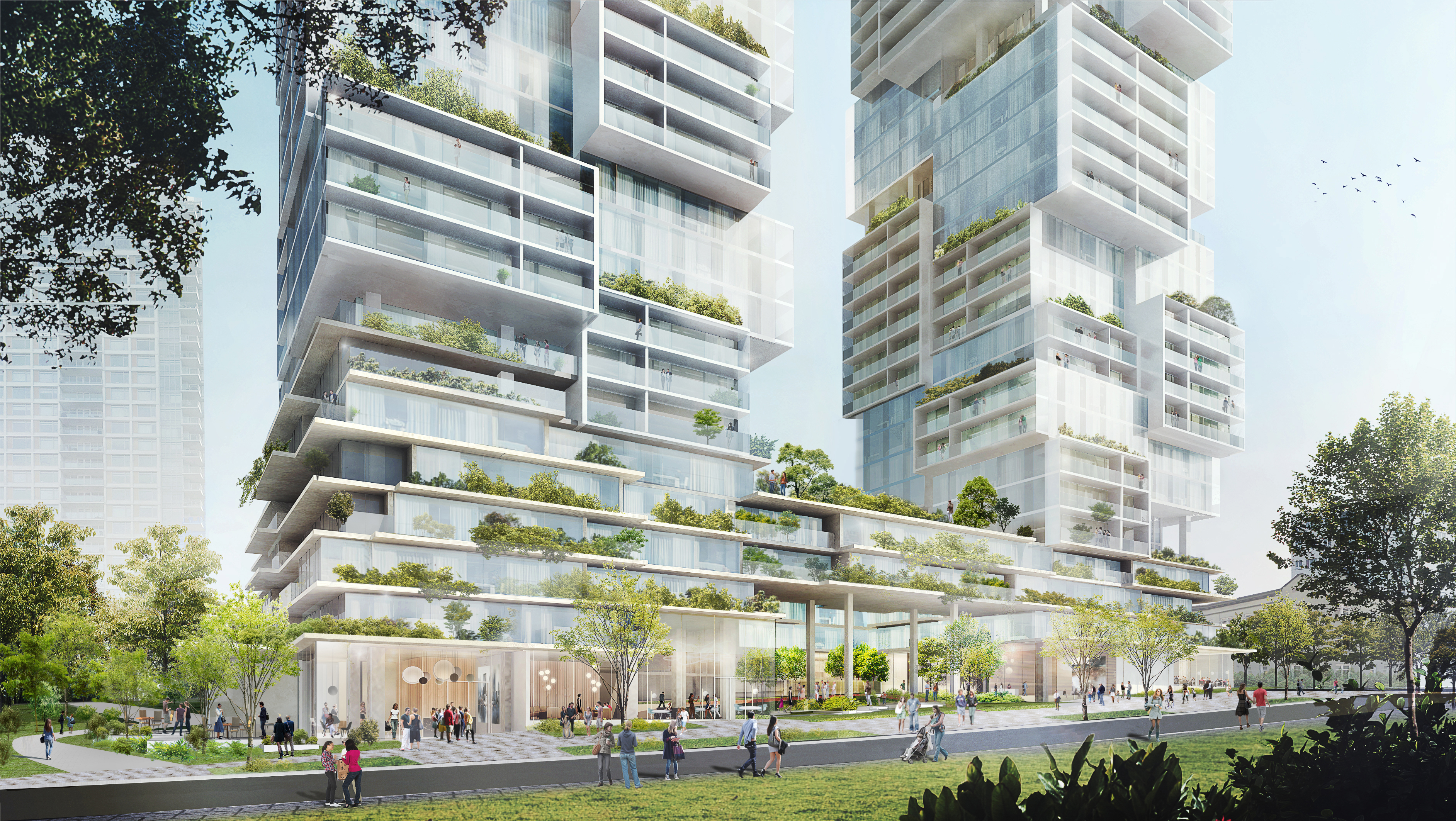
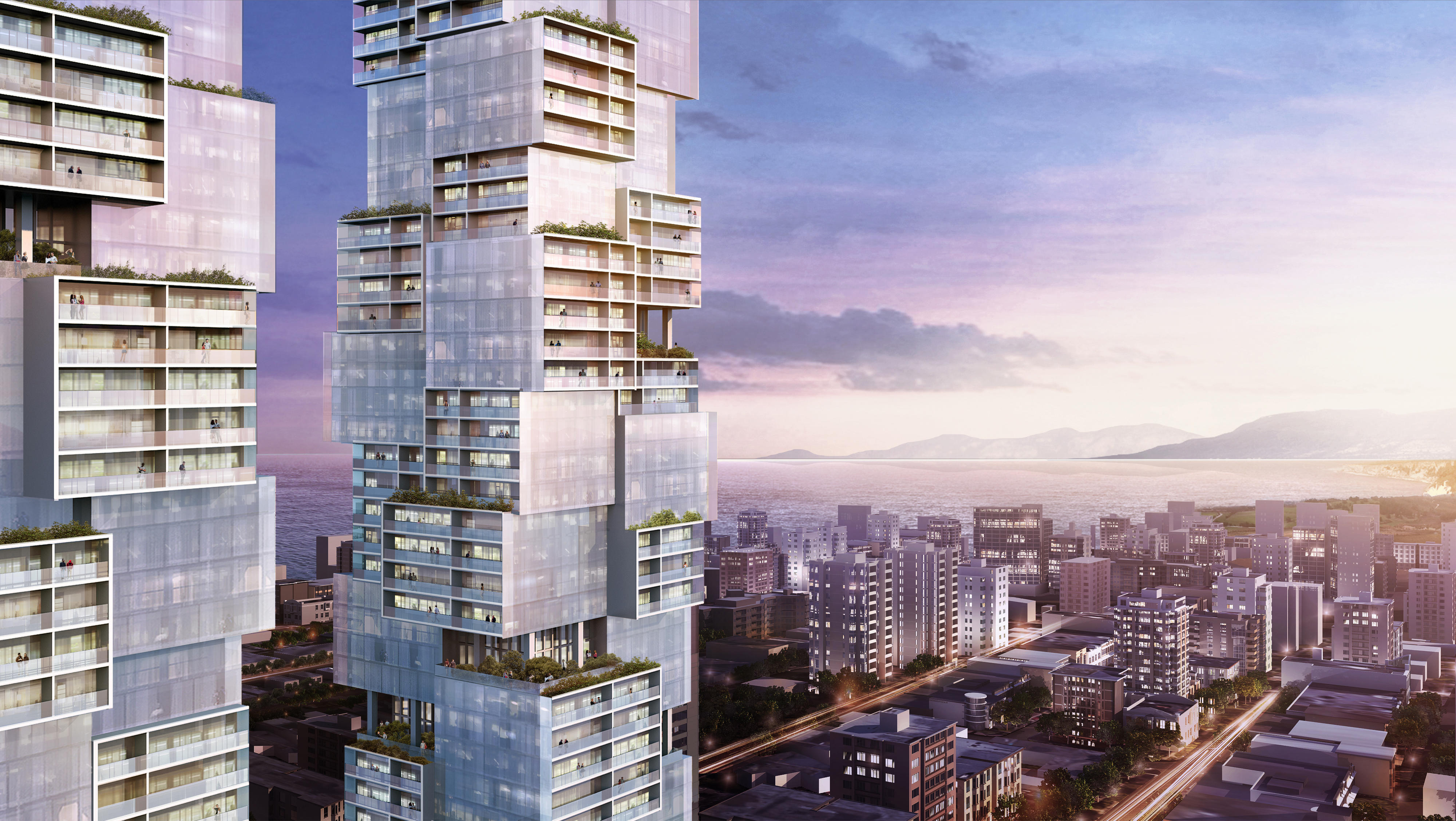

INFORMATION
For more information, visit the Büro Ole Scheeren website
Receive our daily digest of inspiration, escapism and design stories from around the world direct to your inbox.
Harriet Thorpe is a writer, journalist and editor covering architecture, design and culture, with particular interest in sustainability, 20th-century architecture and community. After studying History of Art at the School of Oriental and African Studies (SOAS) and Journalism at City University in London, she developed her interest in architecture working at Wallpaper* magazine and today contributes to Wallpaper*, The World of Interiors and Icon magazine, amongst other titles. She is author of The Sustainable City (2022, Hoxton Mini Press), a book about sustainable architecture in London, and the Modern Cambridge Map (2023, Blue Crow Media), a map of 20th-century architecture in Cambridge, the city where she grew up.
-
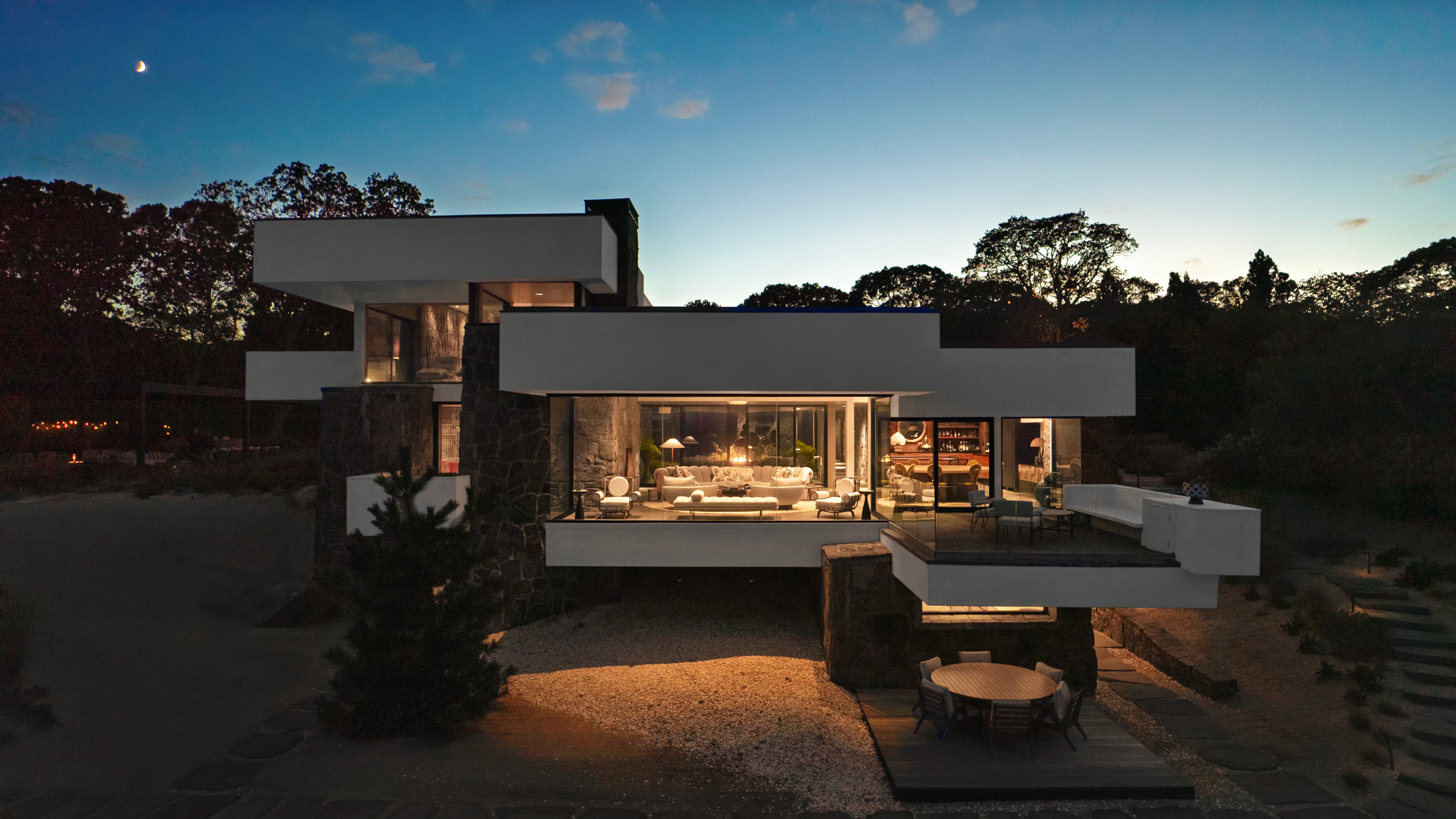 Modernism for sale: a Norman Jaffe-designed icon on Shelter Island hits the market
Modernism for sale: a Norman Jaffe-designed icon on Shelter Island hits the marketThe Osofsky House epitomised the glamour of high-end 70s modernism on Long Island. Now updated and refurbished, it’s back on the market for the first time in over two decades
-
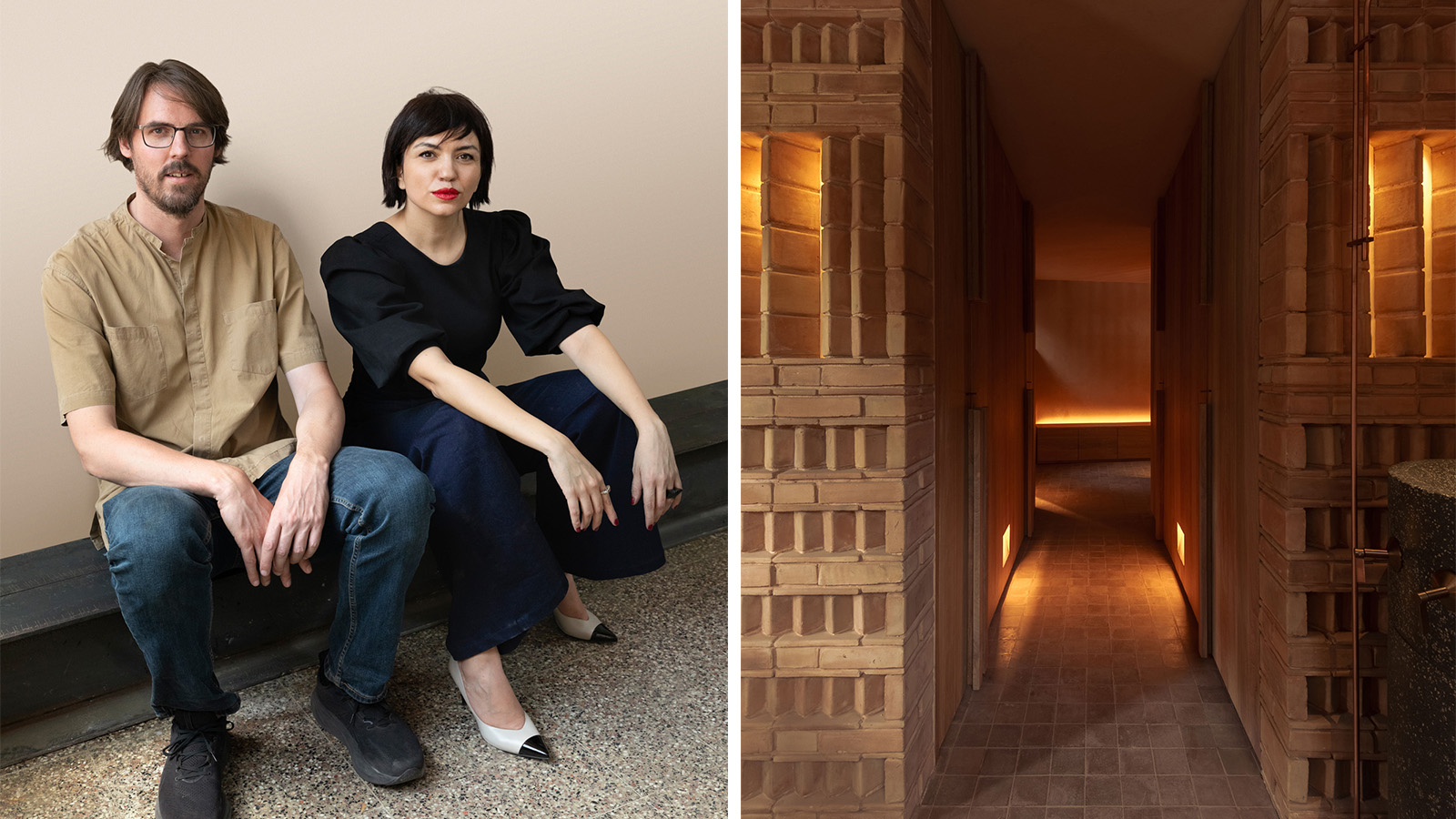 Discover Locus and its ‘eco-localism' - an alternative way of thinking about architecture
Discover Locus and its ‘eco-localism' - an alternative way of thinking about architectureLocus, an architecture firm in Mexico City, has a portfolio of projects which share an attitude rather than an obvious visual language
-
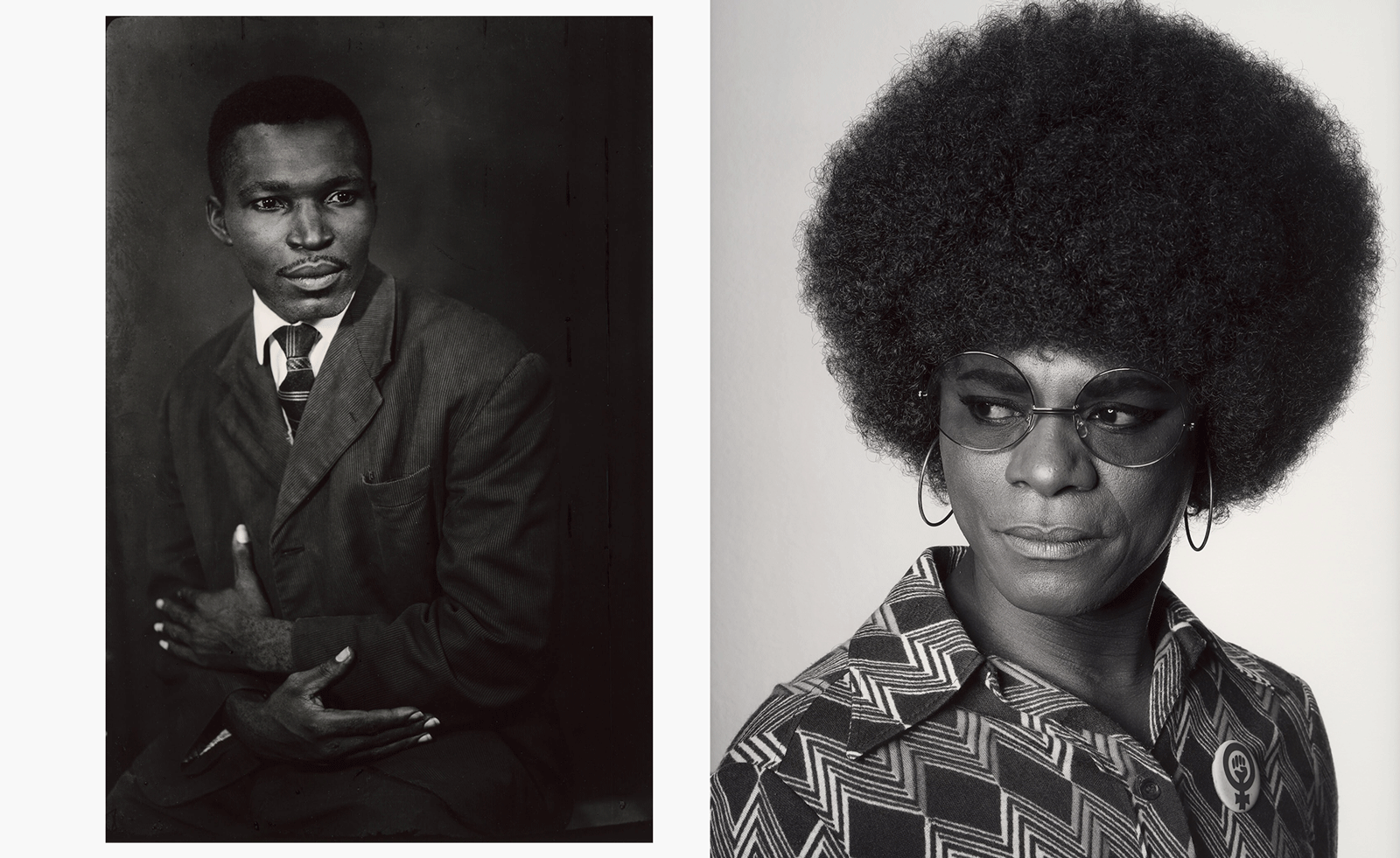 MoMA celebrates African portraiture in a far-reaching exhibition
MoMA celebrates African portraiture in a far-reaching exhibitionIn 'Ideas of Africa: Portraiture and Political Imagination' at MoMA, New York, studies African creativity in photography in front of and behind the camera
-
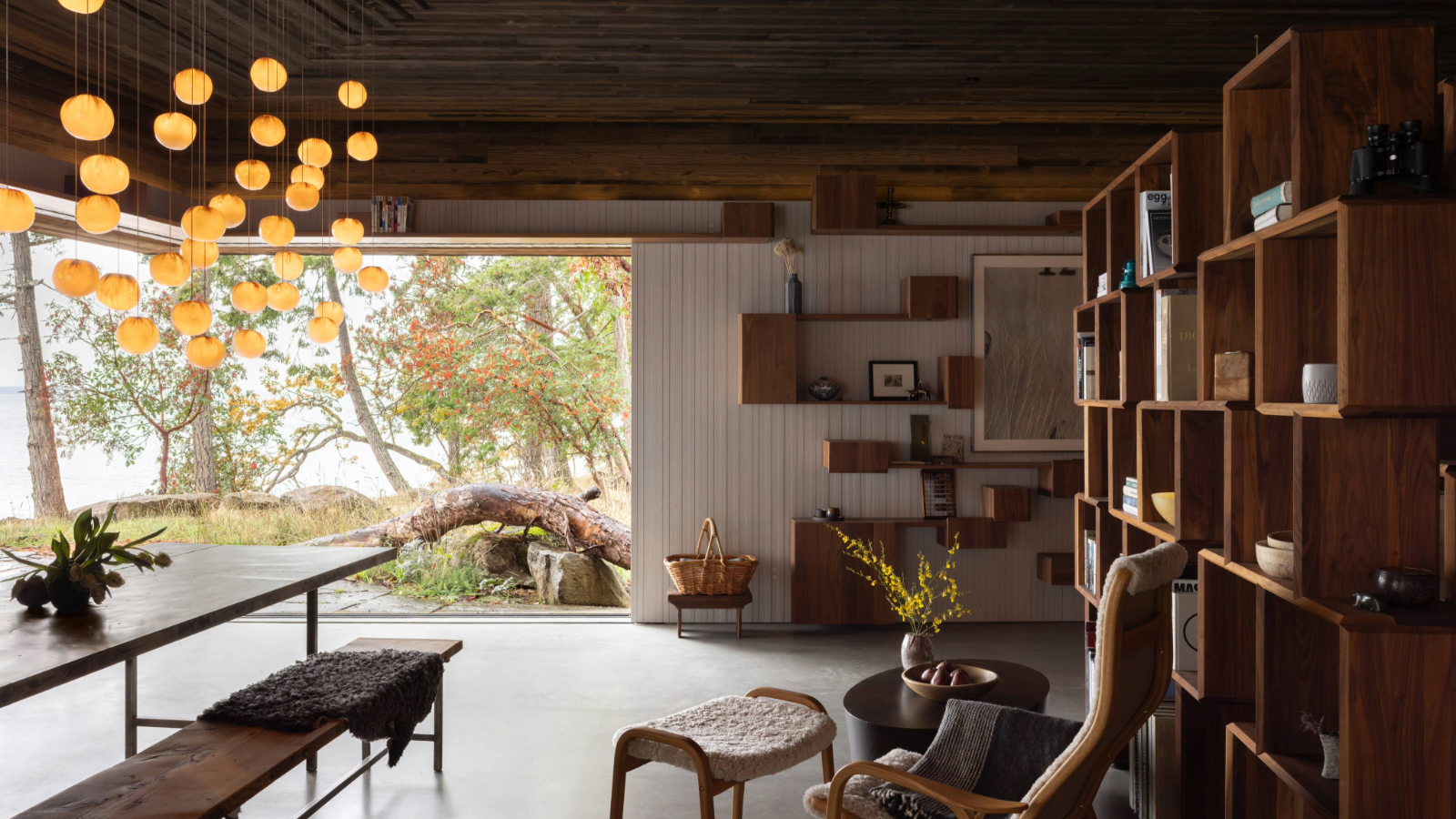 This retreat deep in the woods of Canada takes visitors on a playful journey
This retreat deep in the woods of Canada takes visitors on a playful journey91.0 Bridge House, a new retreat by Omer Arbel, is designed like a path through the forest, suspended between ferns and tree canopy in the Gulf Island archipelago
-
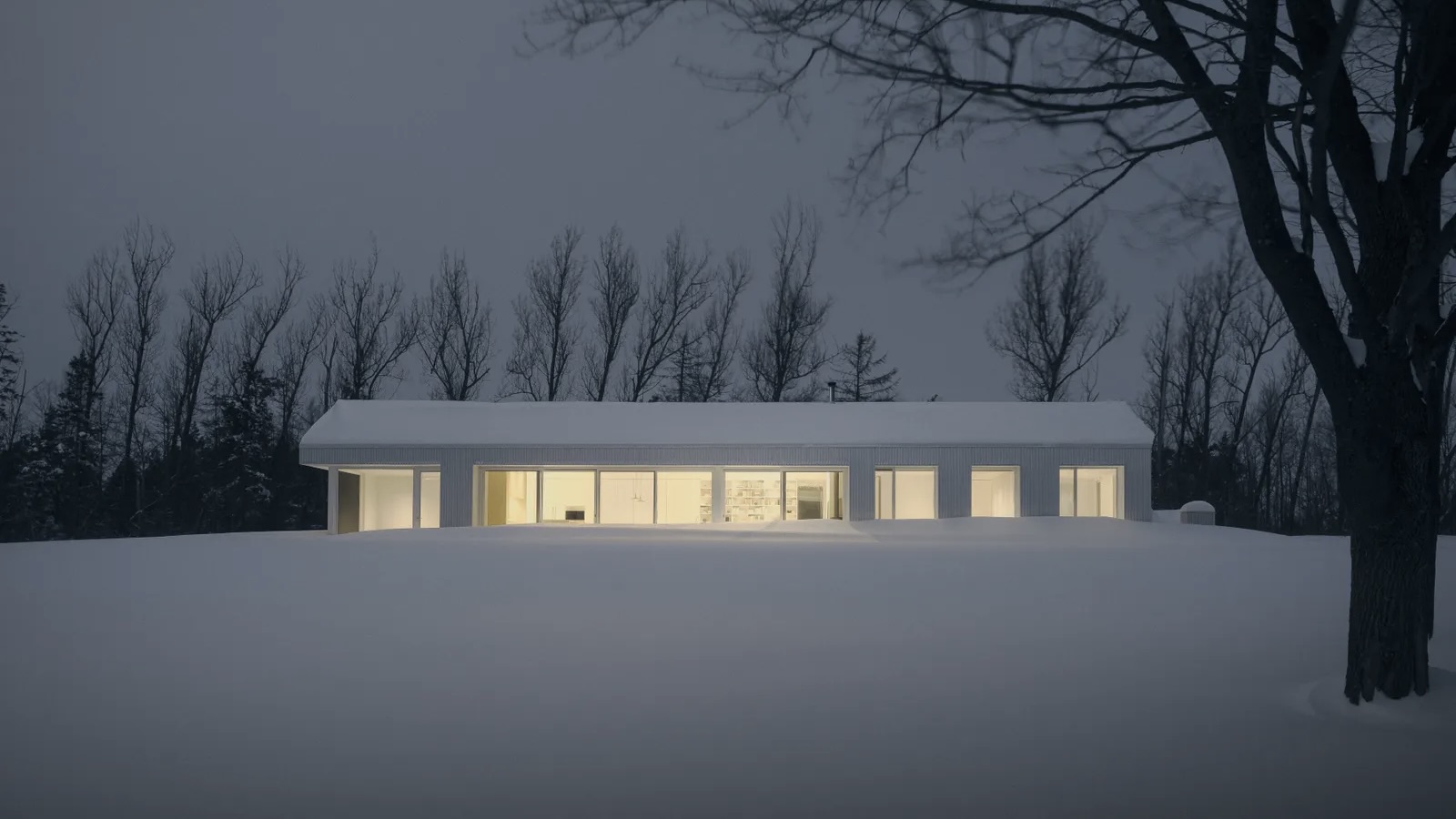 The Architecture Edit: Wallpaper’s houses of the month
The Architecture Edit: Wallpaper’s houses of the monthFrom Malibu beach pads to cosy cabins blanketed in snow, Wallpaper* has featured some incredible homes this month. We profile our favourites below
-
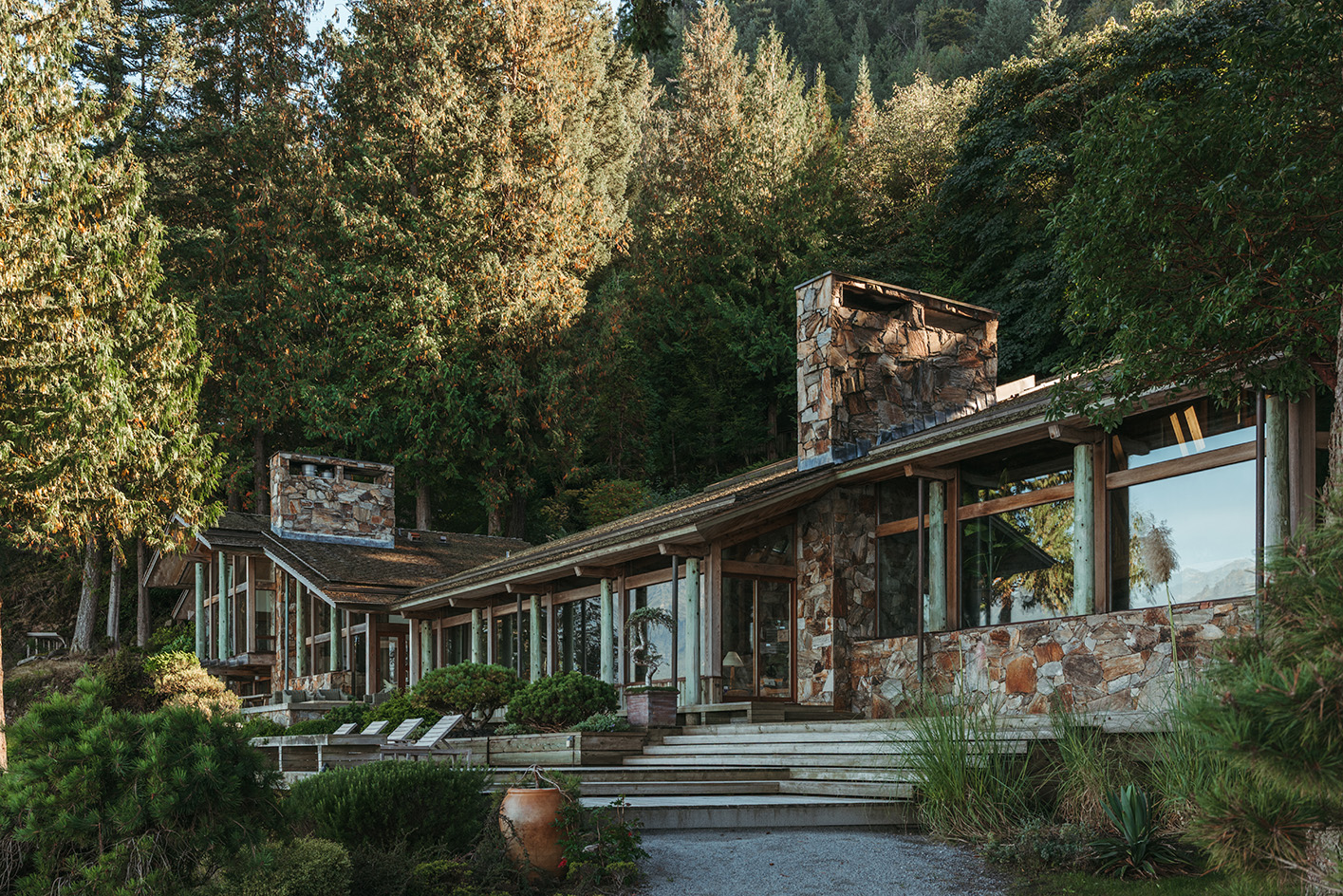 Explore the riches of Morse House, the Canadian modernist gem on the market
Explore the riches of Morse House, the Canadian modernist gem on the marketMorse House, designed by Thompson, Berwick & Pratt Architects in 1982 on Vancouver's Bowen Island, is on the market – might you be the new custodian of its modernist legacy?
-
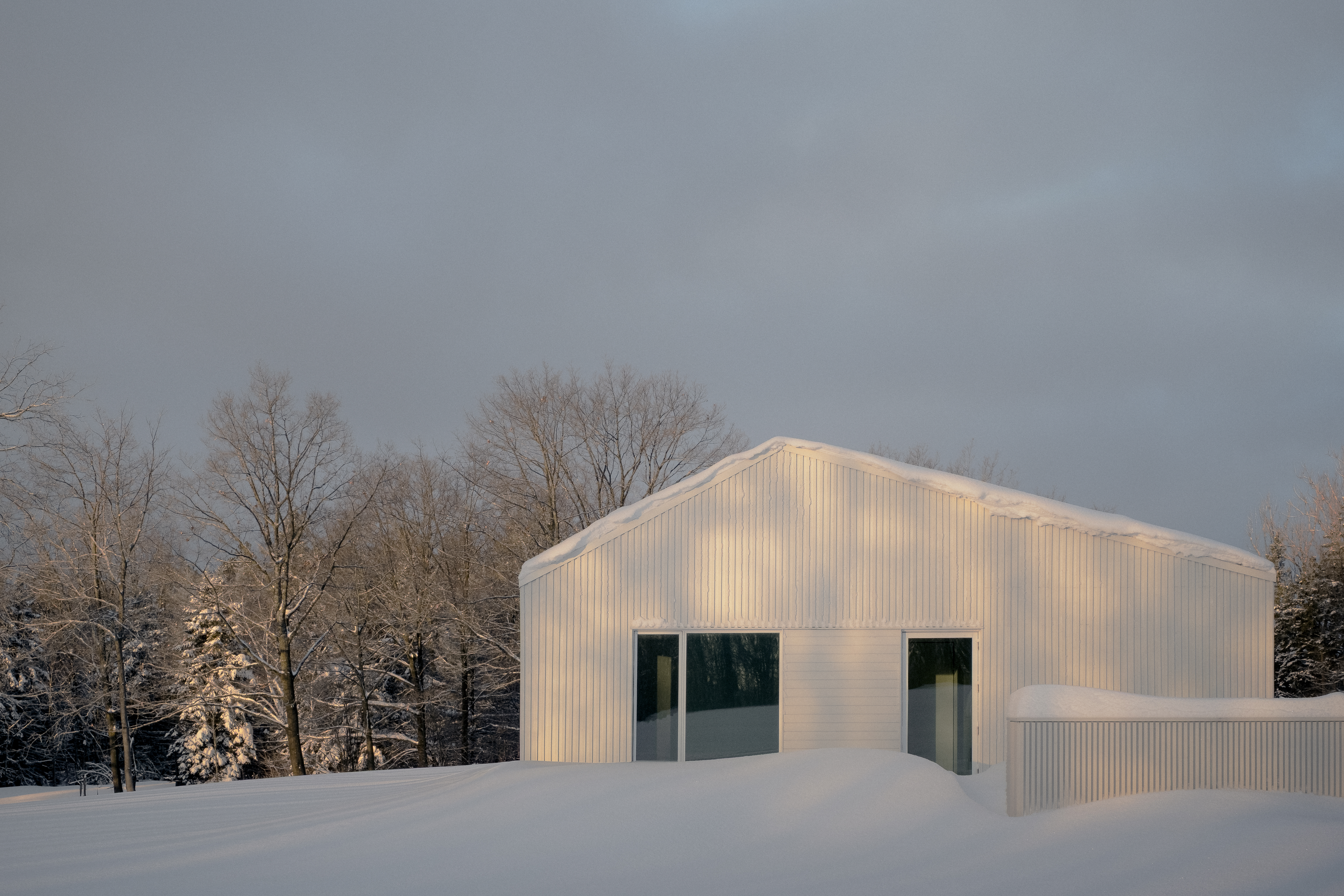 Cosy up in a snowy Canadian cabin inspired by utilitarian farmhouses
Cosy up in a snowy Canadian cabin inspired by utilitarian farmhousesTimbertop is a minimalist shelter overlooking the woodland home of wild deer, porcupines and turkeys
-
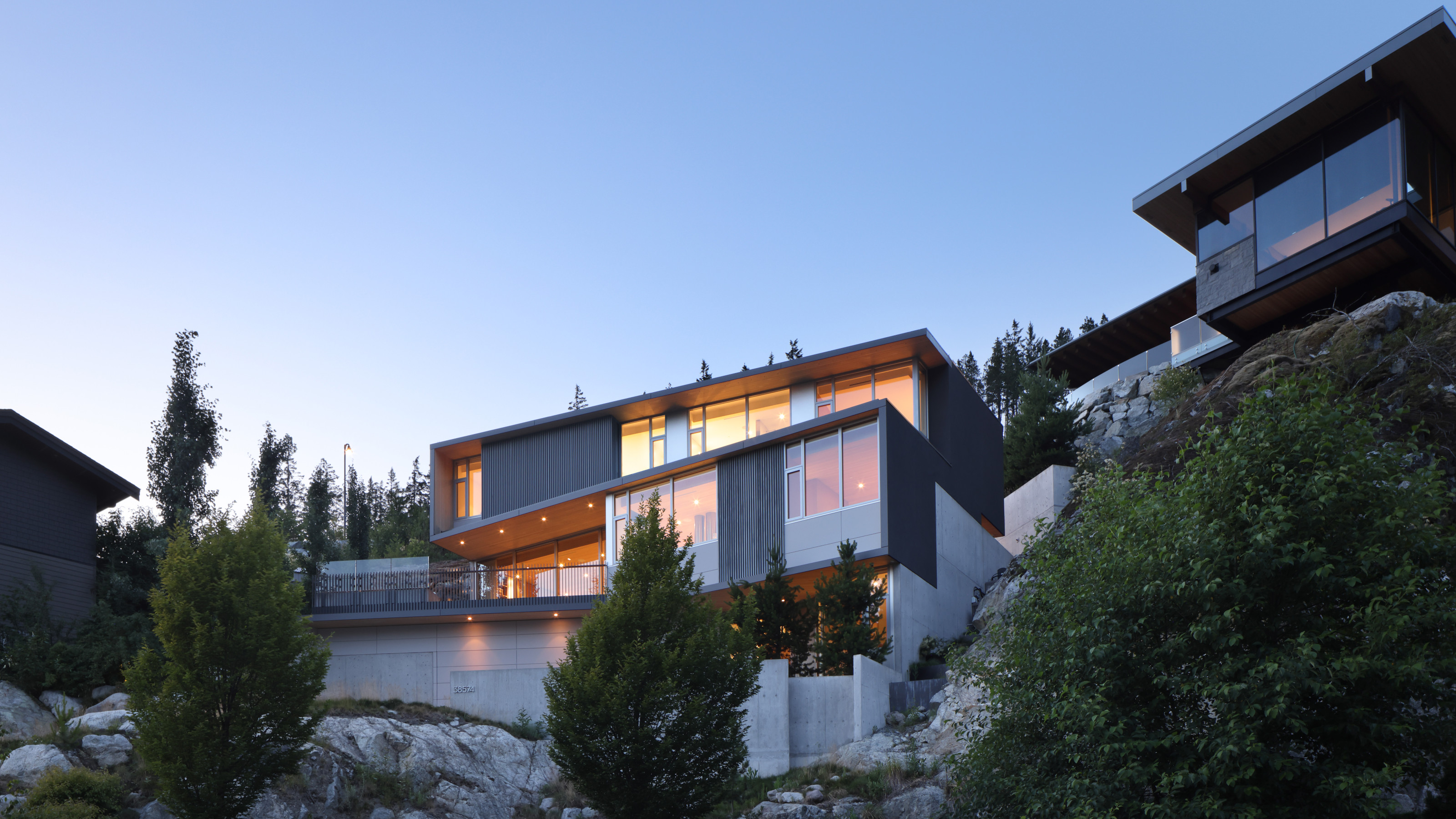 Buy yourself a Sanctuary, a serene house above the British Columbia landscape
Buy yourself a Sanctuary, a serene house above the British Columbia landscapeThe Sanctuary was designed by BattersbyHowat for clients who wanted a contemporary home that was also a retreat into nature. Now it’s on the market via West Coast Modern
-
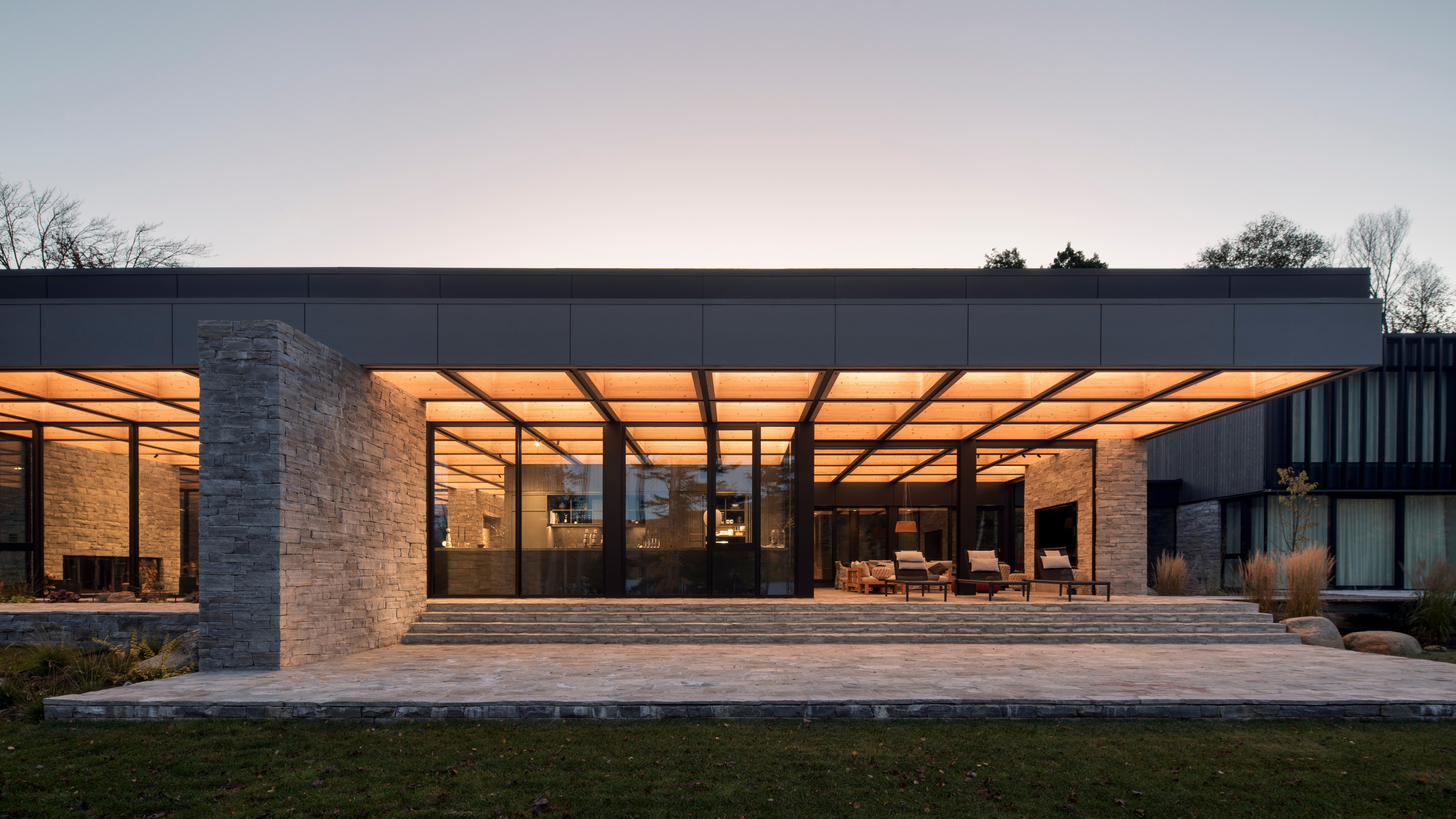 La Maison de la Baie de l’Ours melds modernism into the shores of a Québécois lake
La Maison de la Baie de l’Ours melds modernism into the shores of a Québécois lakeACDF Architecture’s grand family retreat in Quebec offers a series of flowing living spaces and private bedrooms beneath a monumental wooden roof
-
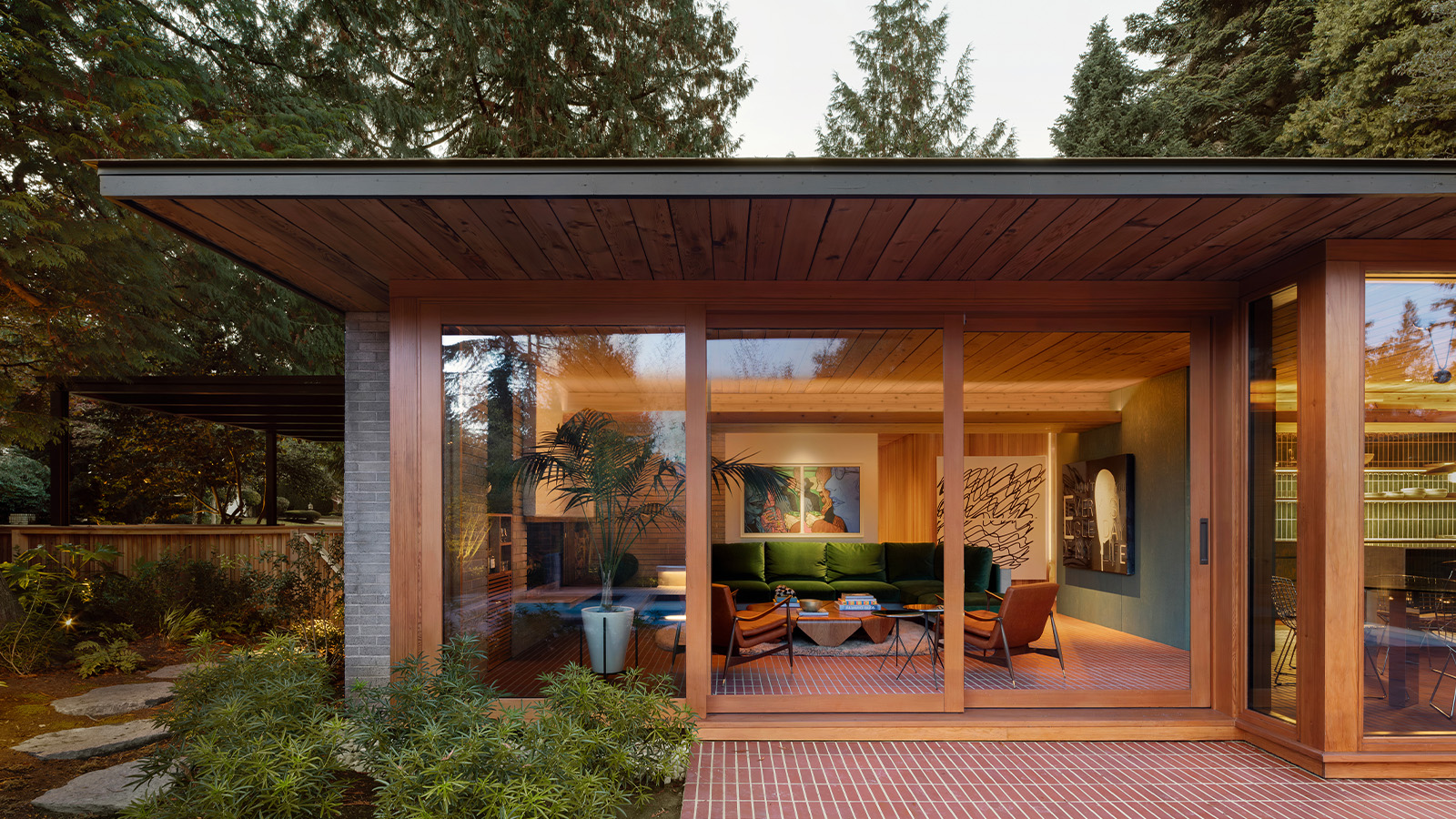 Peel back maple branches to reveal this cosy midcentury Vancouver gem
Peel back maple branches to reveal this cosy midcentury Vancouver gemOsler House, a midcentury Vancouver home, has been refreshed by Scott & Scott Architects, who wanted to pay tribute to the building's 20th-century modernist roots
-
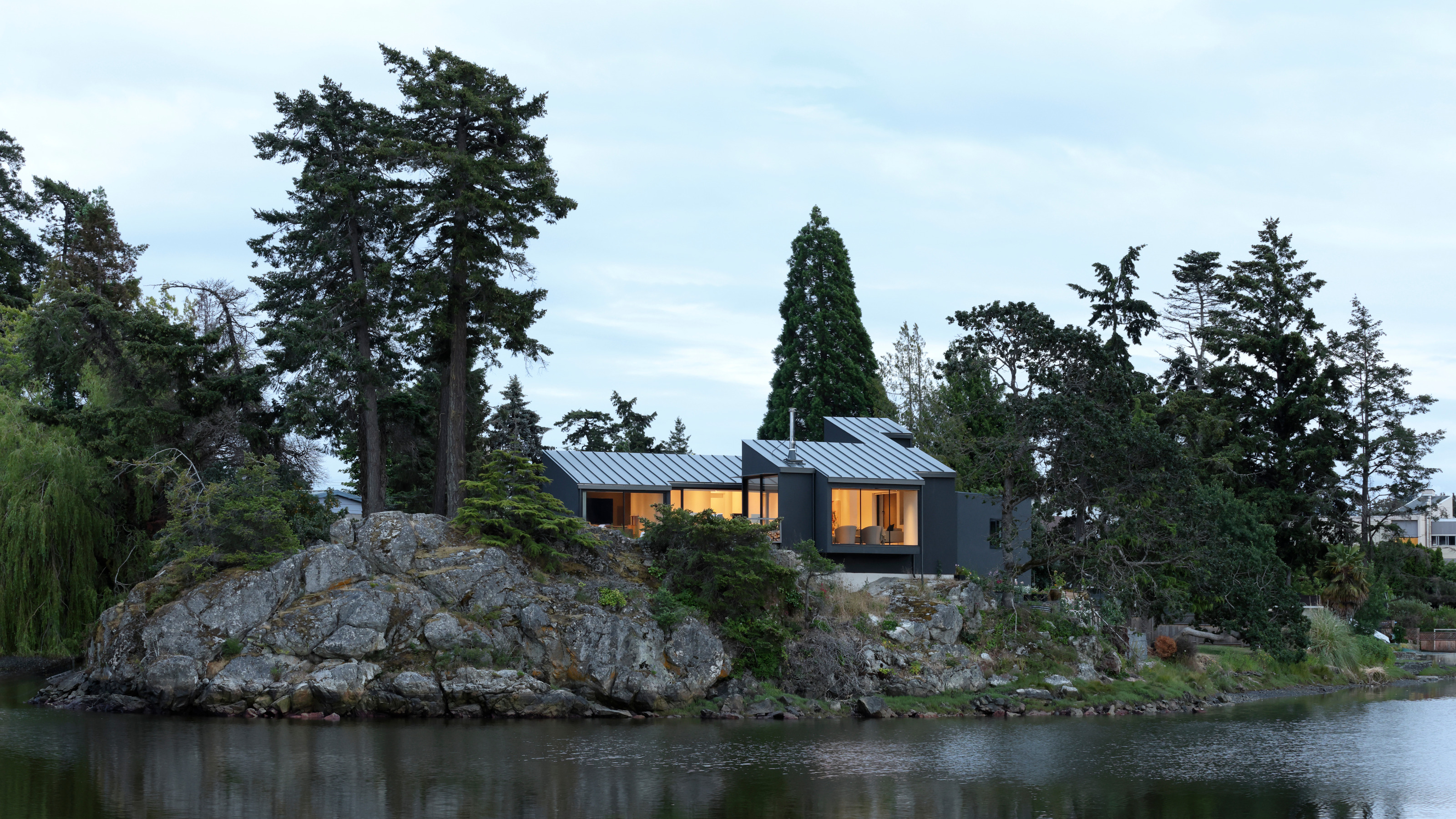 A spectacular waterside house in Canada results from a radical overhaul
A spectacular waterside house in Canada results from a radical overhaulSplyce Design’s Shoreline House occupies an idyllic site in British Columbia. Refurbished and updated, the structure has been transformed into a waterside retreat